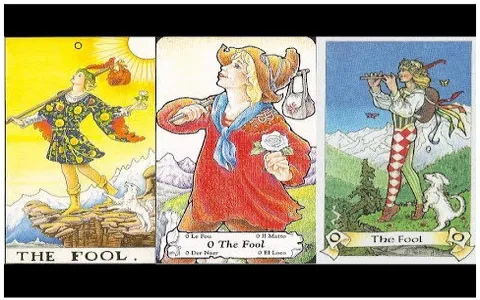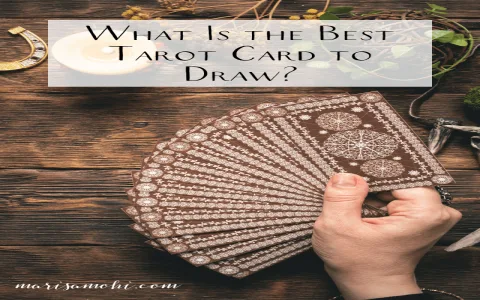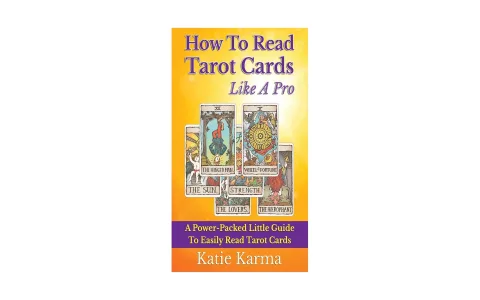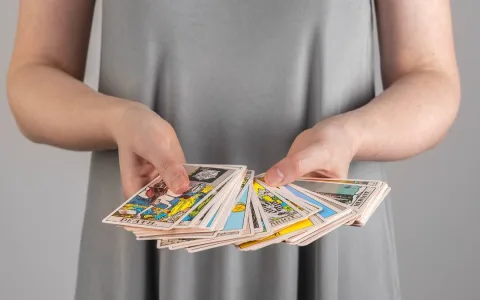Man, reading tarot for yourself is hard enough, but trying to figure out what your friendship is doing? That drove me absolutely nuts. I kept messing up. For years, every time I pulled cards about a disagreement with a buddy, or just checked in on a long-distance connection, the standard guidebook meanings felt completely useless or, worse, terrifying.
I’m talking about those spreads where you’re just asking, “Is Sarah feeling okay about our last conversation?” and BAM—you pull The Tower. The books tell you catastrophic destruction, sudden collapse, utter ruin. Am I supposed to think my friendship is instantly canceled? It just didn’t track with real life, where most friendship “crises” are just messy misunderstandings about who left the group chat or who forgot to Venmo five bucks.
I decided I had to stop blindly following the nonsense and start creating my own context. I needed data, real-life outcomes tied directly to the toughest, scariest cards when pulled in a relationship spread. So, I launched my “Friendship Spread Ground Truth Project.” I grabbed a big journal and committed to tracking thirty real-life friendship dilemmas over three months, focusing only on spreads that delivered one of the five cards that had historically given me the most trouble.
My Relationship Card Data Collection Process
I focused on five major arcana and court cards that are notoriously difficult to interpret in a platonic context:
- The Tower
- Death
- The Hanged Man
- Five of Swords
- Seven of Swords
Every time one of these cards popped up in a reading (usually a simple three-card spread: Situation, Challenge, Outcome), I immediately recorded three things:
- The specific context (e.g., a friend didn’t call me back after a fight).
- My guidebook interpretation (the terrifying one).
- My prediction based on that terror.
Then—and this was the crucial, hard part—I had to wait. I forced myself to observe the real-world outcome, no matter how long it took, before writing down the actual resolution. Did The Tower mean the friendship exploded, or did it just mean we both realized we were fighting about the wrong thing?
I collected twenty-eight solid data points (two readings were too ambiguous to categorize). What I uncovered completely changed how I approach relationship spreads. It proved that in friendships, those dramatic cards are usually just pointing to intense internal states or external friction, not necessarily the end of the line.
What I Learned: Instant Interpreting for Tricky Cards
After all that tracking and waiting, here’s how I now interpret those brutal relationship cards instantly. This is my practiced, battle-tested system—ditch the medieval doom and embrace the modern social friction.
The Tower (In a Relationship Spread)
The books say: Destruction. The reality I observed: An explosive moment of shared realization. This card usually signaled that a major, unspoken foundation of the friendship (a shared financial agreement, a specific routine, or a mutual misunderstanding) needed to be instantly, sometimes loudly, corrected. It’s a shock, but it’s often cleansing. I saw one friend pull this about their shared living situation; they thought they were going to move out, but they just yelled at each other about the cleaning schedule and rebooted the rules immediately. Crisis averted.
Death (In a Relationship Spread)
The books say: Final ending. The reality I observed: Transformation or necessary shift in roles. This never meant the friend was gone. It indicated that the way you relate to that friend is dying. Maybe you stop being workout buddies and become coffee partners. Maybe the neediness in the relationship fades away, and you step into a more mature dynamic. I tracked one reading where it just meant they stopped being housemates and transformed into purely social friends.
The Hanged Man (In a Relationship Spread)
The books say: Sacrifice, suspension, forced halt. The reality I observed: One or both people are completely stuck in their perspective and refuse to move. It’s stubbornness, pure and simple. It showed up when one person felt they were right and the other had to concede, leading to a standstill. The solution I witnessed was always the third party (me) forcing them to look at the situation from the other person’s side, unsticking them. It’s not sacrifice; it’s a mental roadblock.
Five of Swords (In a Relationship Spread)
The books say: Pyhrric victory, bullying, loss. The reality I observed: Social embarrassment or deep resentment over something trivial. This card rarely meant true betrayal. It meant someone felt fundamentally slighted in a social setting (e.g., gossip, being excluded from a small event, or a joke landing badly). It tells you that someone is winning at the expense of feelings, but the “win” is meaningless. I used this interpretation to guide a friend to apologize for a really awkward public comment, resolving the perceived conflict before it turned into real drama.
Seven of Swords (In a Relationship Spread)
The books say: Theft, deception, sneaking around. The reality I observed: Emotional avoidance. This showed up when a friend was actively avoiding a tough conversation, or subtly hiding their feelings to keep the peace. They aren’t stealing your wallet; they’re sneaking away from commitment or accountability. The spread revealed their evasion, and the solution was always to force the issue gently but firmly.
Final Takeaway After Months of Tracking
I discovered that the relationship tarot is fundamentally different because the stakes are usually lower than work or romance readings, but the emotions are more complex. Once I stopped fearing these heavy hitters and started viewing them as signposts for specific interpersonal friction, my readings became clear, actionable, and shockingly accurate. Don’t let the guidebook scare you; just trust your experience and remember that friendship drama is usually loud, inconvenient, but rarely fatal.





